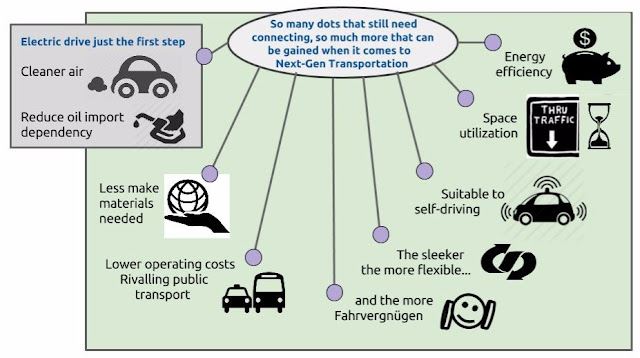The book, "Clean Disruption of Energy and Transportation," by Tony Seba does an excellent job of explaining why solar and wind will disrupt oil, natural gas, coal, and nuclear as sources for energy. It also shows how this will make electric utilities and conventional ICE cars obsolete by 2030, if not sooner. The book does this by showing the economics of each form of energy, and its environmental costs.
The costs of solar and wind are coming down, while the costs of the other forms of energy are going up. Simple economics will do the rest of the job. The only factors keeping the older forms of energy in business are government subsidies and tax credits. That means taxpayers pay the additional costs.
The costs of solar and wind are coming down, while the costs of the other forms of energy are going up. Simple economics will do the rest of the job. The only factors keeping the older forms of energy in business are government subsidies and tax credits. That means taxpayers pay the additional costs.



